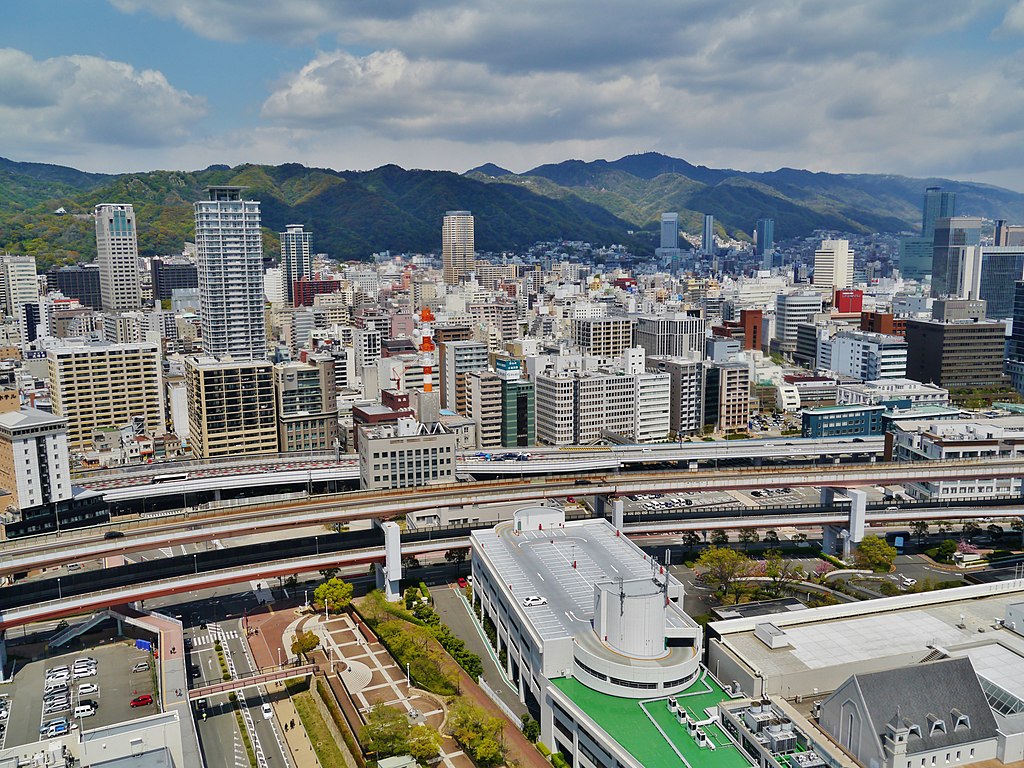Apr 20, 2020
How Has the Coronovirus Affected Kobe?
The coronavirus pandemic has had a worldwide effect like nothing since World War II with countries across the globe coming close to complete shutdown to try and stem the flow of the virus. Despite its relative proximity to the epicenter of the virus in China, Japan hasn’t experienced the same number of cases and deaths as the United States and many European countries. However, an increase in the effects of COVID-19 led the Japanese government to declare a month-long state of emergency in seven prefectures, including Hyogo, on April 7th.
Unlike many other countries, the Japanese government doesn’t have the power to enforce a lockdown as such, and measures are primarily implemented at a local level and requesting residents exercising self-restriction. In Kobe, many businesses have closed, although some remain open, and residents are advised to stay at home and avoid interaction with others as much as possible.
Health effects
The first coronavirus case in Kobe was reported on March 3rd, and as of April 14th, Hyogo prefecture had 403 reported cases of COVID-19 and 15 deaths. This corresponds to roughly 5% of Japanese cases and just over 9% of deaths in Japan (the national figures currently stand at 8,191 cases and 162 deaths). These figures are slightly higher than population percentages (Hyogo makes up just over 4% of the Japanese population), but this is to be expected given that the virus is more prevalent in city areas.
The Kobe City Medical Center General Hospital (KCMCGH) and the Kobe Red Cross Hopital are two of the main facilities in the city dealing with serious cases. The KCMCGH is currently treating over 50 patients with COVID-19 symptoms and reported an increase of 13 new cases on April 11th. The hospital is only taking in patients showing severe symptoms. Anyone experiencing mild symptoms, as well as those returning from countries with high infection rates, is advised to stay at home and self-isolate for 14 days.
Effects on culture and entertainment
Unlike in countries such as the United Kingdom, for example, the Japanese government hasn’t forced the closure of non-essential businesses. However, cultural and entertainment facilities have been urged to close during the state of emergency, and many have announced closure until the start of May. The government has also advised residents across the country to avoid bars and nightclubs over the next month.
Sporting fixtures such as the J1 football league and the professional baseball league have been suspended indefinitely, and the Kobe Festival, due to take place in May, has been postponed. Venues that are closed include the Kobe International Community Center (KICC), the Kobe Community House and Information Center, Kobe Port Tower, Kobe Animal Kingdom, and Oji Zoo.
The Kobe City website has up-to-date information on cancelled or postponed events and closed local facilities.
Economic effects
Like much of the rest of the world, Japan is feeling the economic effects of the coronavirus. Even before the virus outbreak, the country’s GDP was down and there were fears of a possible recession. As a major city with strong tourism, retail and service sectors, Kobe will undoubtedly feel the effect of the measures put in place. Both businesses that can’t trade, and workers who can’t work will be affected. With restaurants closing or suffering a huge decline in revenue, companies such as the Wagyu beef farms are left with tonnes of unsold meat.
The Japanese government recently announced an economic stimulus package worth around 20% of national GDP (just under US$1 trillion) to support businesses and employment during the coronavirus. However, exact details have yet to be released.
Coronavirus support resources
Kobe City website – local information and advice relating to COVID-19
AMDA Medical Center – operates a multilingual hotline for foreigners in Japan who have COVID-19 queries
Ministry of Health Labour and Welfare
World Health Organization (WHO)
Coronavirus Control Promotion Office
Kobe coronavirus healthline 078-322-6250


About the author